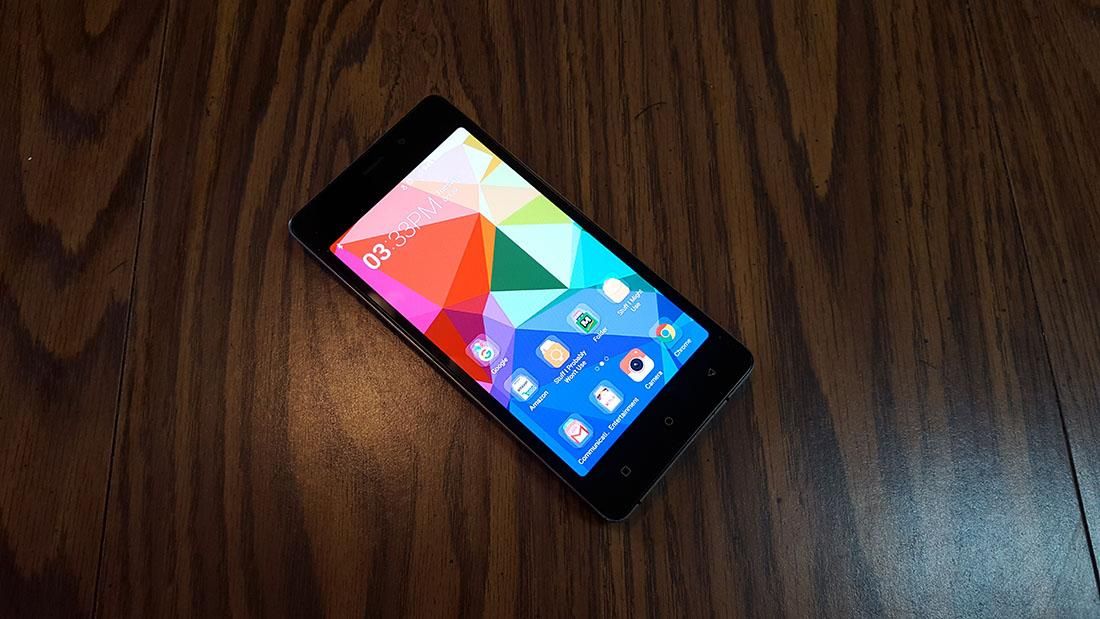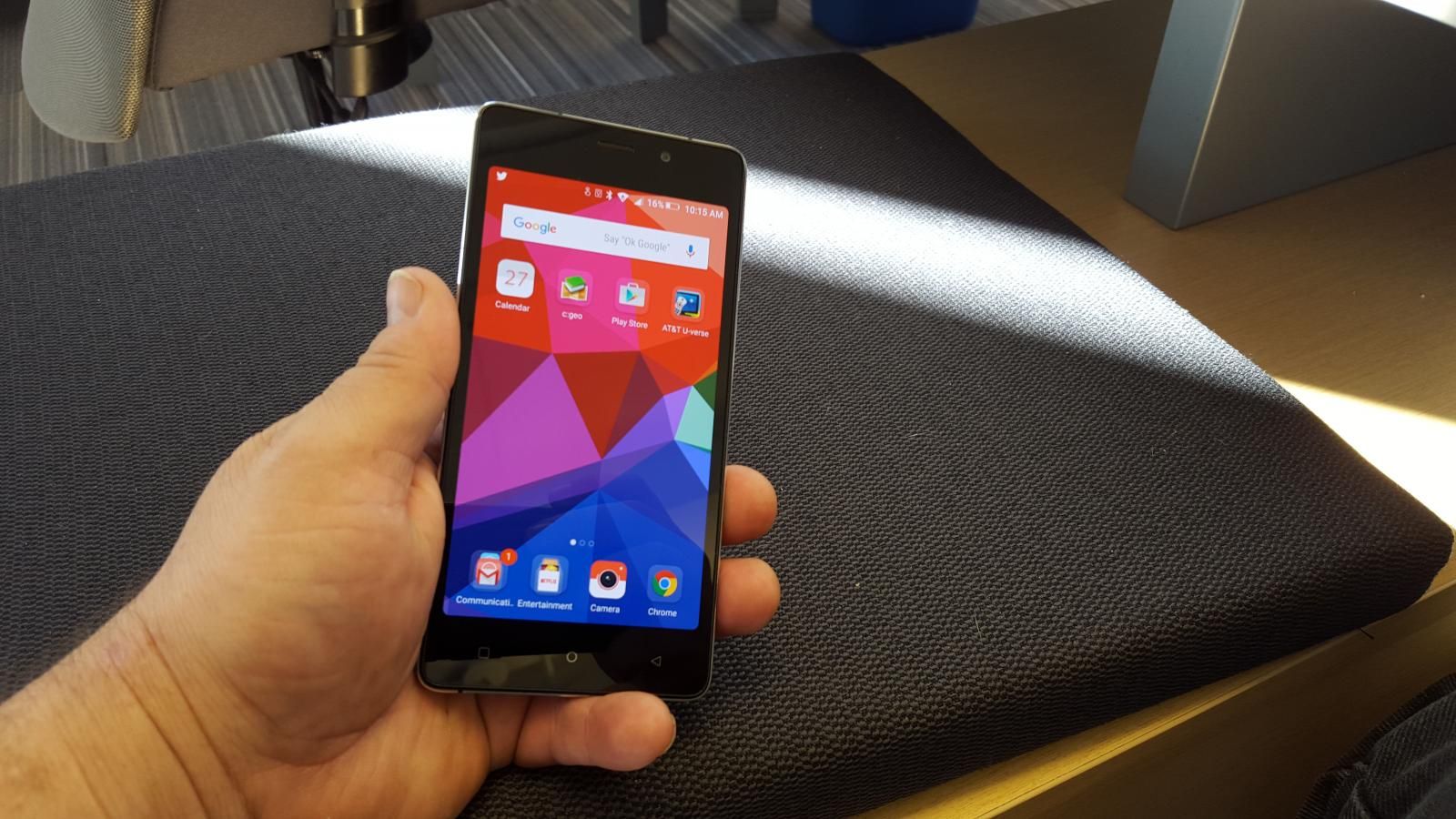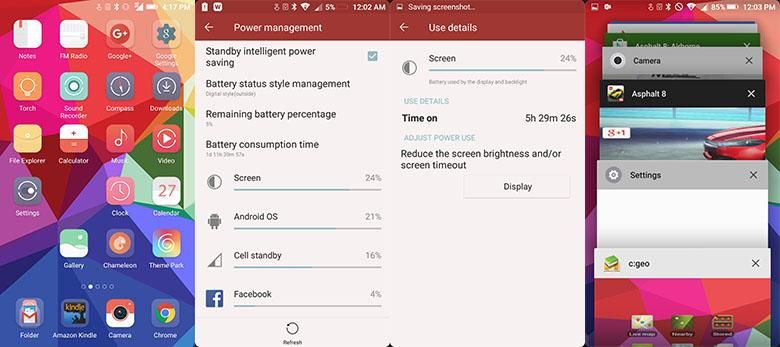For as long as we’ve been involved in the mobile technology industry (check your calendars – it has been a really long time), there has been one constant. Processors, screens, RAM, have all been steadily improving and gaining ground until we’ve reached a level of literally carrying around a computer in our pockets. But the one thing that has remained consistent from the first time we powered on our Pocket PCs has been the necessity for power; as in actual power to make our devices work.
That power source hasn’t really changed all that much in a very long time. But as our technology has increased, our need for more juice has increased with it. Our old phones used to be gigantic monsters because of this. Our old Palm Treo 650 was as thick as a Samsung GS3 and a Lumia 920 stacked on top of each other. And still, one-day battery life has been our bar. Well, folks, the bar just got raised.
We’d like to introduce you to the BLU Studio Energy 2, and that is a well-earned name. The Energy 2 has a ton of energy, and it wants to share it with you. So come along with us and let’s take this 5,000 mAh baby for a spin.
Specs & Hardware · Software · Camera · Performance
Pros/Cons · Pricing/Availability · Conclusion
Specs & Hardware
We used the BLU Energy 2 on AT&T’s LTE network for just over one week. During that time, we plugged it into the charger twice. That’s right, twice. That’s because the most prominent feature on this bad boy is a 5,000 mAh battery contained within its aluminum and plastic walls. For reference, 5,000 mAh is about half the size of our normal external battery chargers we carry in our bag. This phone is not screwing around.
The rest of the phone is on the ok-but-not-great side with a 5-inch Super AMOLED panel coming in at 1,280 x 720 pixels (~294 ppi) covered by Gorilla Glass 3. Beneath the surface resides a quad-core MediaTek MT6735 processor running at 1.3 GHz with 1.5 GB of RAM. The phone comes with 16 GB of on board storage (a little more than 11GB is user-accessible) and is expandable up to 64 GB via MicroSD card. Overall, the phone is not that impressive, but there are a few highlights.
First, this phone does support LTE and dual SIMs, so if you’re a fast browsing double threat, you can definitely get your freak on with this phone. The phone costs less than $180, and oh yeah, did we mention the battery? 5,000 mAh. Spolier alert – we’re going to talk about that a lot.
The phone has a premium look with aircraft grade aluminum around the sides and plastic on the back. There is a rear-firing speaker that is loud and clear. The phone is a hefty 176 grams which feels solid in the hand. You’ll know this phone is there, but in a reassuring kind of way.
Software
The BLU Studio Energy 2’s skin is built on top of Android Lollipop. Like the Xiaomi Mi devices we’ve reviewed the most noticeable software differentiation from Android is the lack of app drawer. All of your icons reside on your home screens. One neat part of the software is you can configure that home screen in a variety of ways. You’ve got your normal apps and widgets, but you also get to choose the type of animation the phone uses when scrolling from screen to screen. Moving from page to page can be a fly-in, cube rotation, or any other effect. It’s a little fun. Beyond that, BLU has more pleasant software surprises in store for you.
If you like the double-tap to wake concept of other phones, BLU takes it a step further. A variety of “Black screen gestures” make it possible to quickly launch an app, call a contact, play media, you name it. There are a lot of options here. You have control over what gesture is used to launch what action.
The phone is not equipped with NFC coils, but BLU does package a file transfer solution called HotKnot. This is a data-transfer solution that uses the capacitive touchscreens of two HotKnot enabled phones to pass information from one phone to the other via the screens. Think of it like (as our Editor-in-Chief likes to call it) “bumping phones”, but using the screens instead of the backs of the phones. Both phones need to be HotKnot enabled (there is no app – it’s a function of the hardware) so its use might be more on the limited side, unless of course all of your friends are rocking cheap, MediaTek phones overseas.
Camera
The Energy 2 comes with a rear-facing 8 megapixel camera and a front facing 5 megapixel shooter – both are becoming the accepted minimums in today’s smartphones. The rear-facing camera is something of an enigma capable of producing really great shots, and other not-so great shots. The color reproduction is very close if a little bit warm. At full resolution, the darks tend to be a bit on the grainy side, and some odd artifacting occurs if your subject is moving – such as a flower blowing in the Windy City wind. So, if you’re a social media maven the rear-facing camera will take some great looking shots – on Instagram. As long as you don’t plan to blow them up to poster size prints, the camera on the phone is somewhere between adequate and good, but more toward good. Overall, this camera is a mixed bag, but we’d feel more comfortable using it as a daily driver than some others we’ve tested in this price range.
As for the front facing camera…we’re going to go ahead and call it a cost-saving move. The front facing camera is adequate at best for video conferencing and the like. Unless lighting conditions are perfect, the resulting photo will be blurry, grainy or both. In one case, the front facing camera ended up showing a mirror image, instead of the correct orientation. But it only happened once.
Also, if you happen to have an awesome hat, then you’ll be better off. Not because it makes the camera better, but because awesome hats are awesome.




